SLVSAJ0F November 2011 – October 2021 TPS62140 , TPS62140A , TPS62141 , TPS62142 , TPS62143
PRODUCTION DATA
- 1 Features
- 2 Applications
- 3 Description
- 4 Revision History
- 5 Device Comparison Table
- 6 Pin Configuration and Functions
- 7 Specifications
- 8 Detailed Description
- 9 Application and Implementation
- 10Power Supply Recommendations
- 11Layout
- 12Device and Documentation Support
- 13Mechanical, Packaging, and Orderable Information
Package Options
Mechanical Data (Package|Pins)
- RGT|16
Thermal pad, mechanical data (Package|Pins)
- RGT|16
Orderable Information
9.2.3 Application Curves
VIN = 12 V, VOUT = 3.3 V, TA = 25°C, (unless otherwise noted)
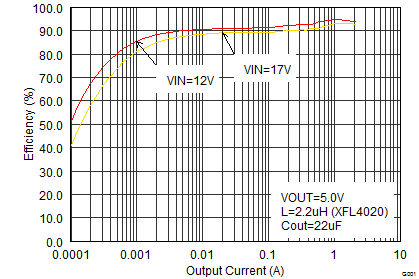
| VOUT = 5 V |
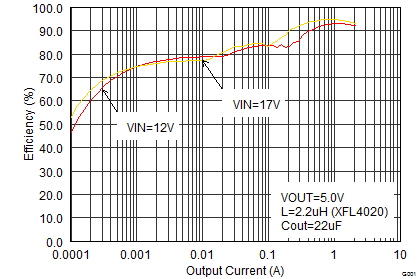
| VOUT = 5 V |
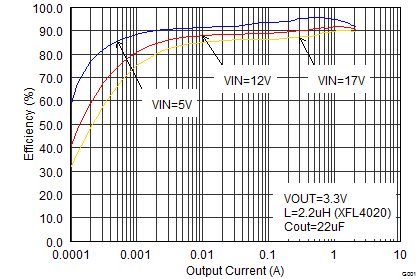
| VOUT = 3.3 V |
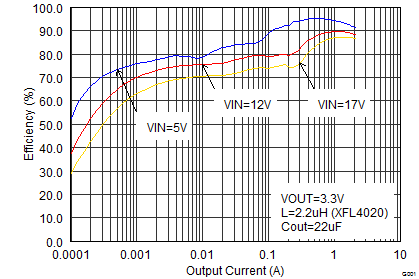
| VOUT = 3.3 V |
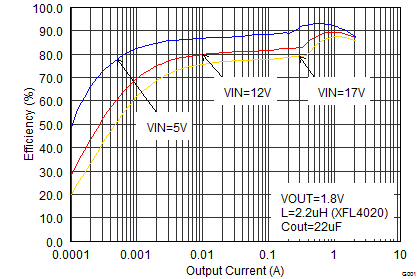
| VOUT = 1.8 V |
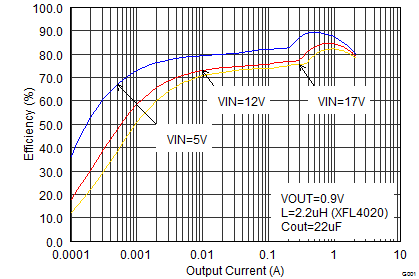
| VOUT = 0.9 V |
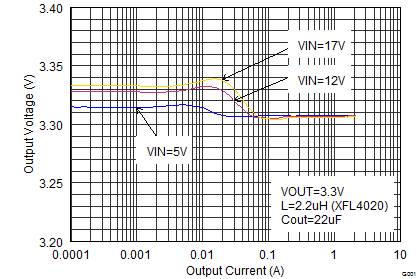 Figure 9-16 Output Voltage Accuracy (Load Regulation)
Figure 9-16 Output Voltage Accuracy (Load Regulation)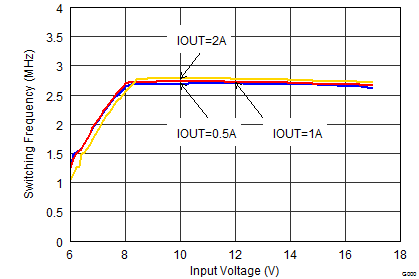
| FSW = Low | VOUT = 5 V |
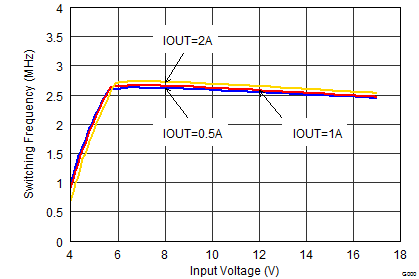
| FSW = Low | VOUT = 3.3 V |
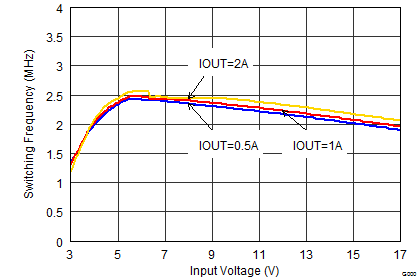
| FSW = Low | VOUT = 1.8 V |
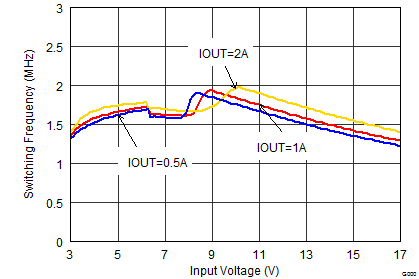
| FSW = Low | VOUT = 1 V |
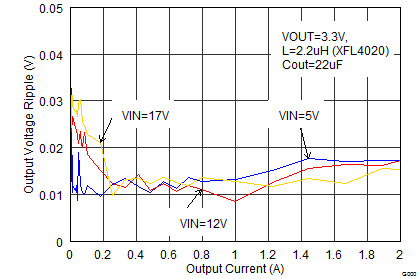 Figure 9-26 Output Voltage Ripple
Figure 9-26 Output Voltage Ripple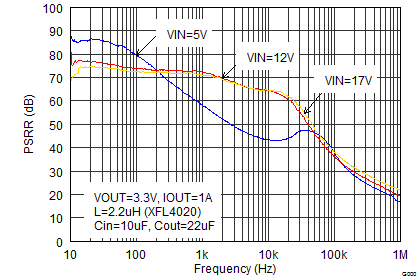
| IOUT = 1A | fSW = 2.5 MHz | |
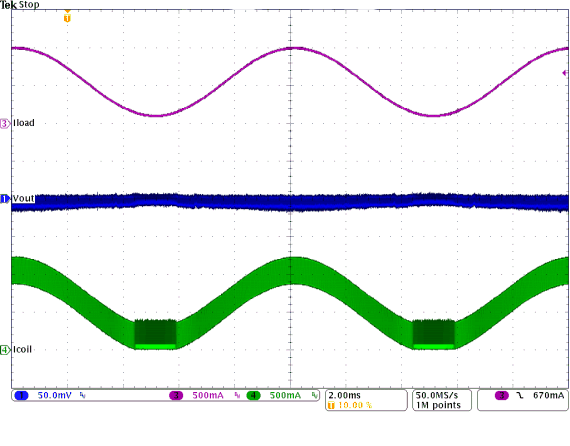
| VIN = 12 V | VOUT = 3.3 V With 50 mV/div | |
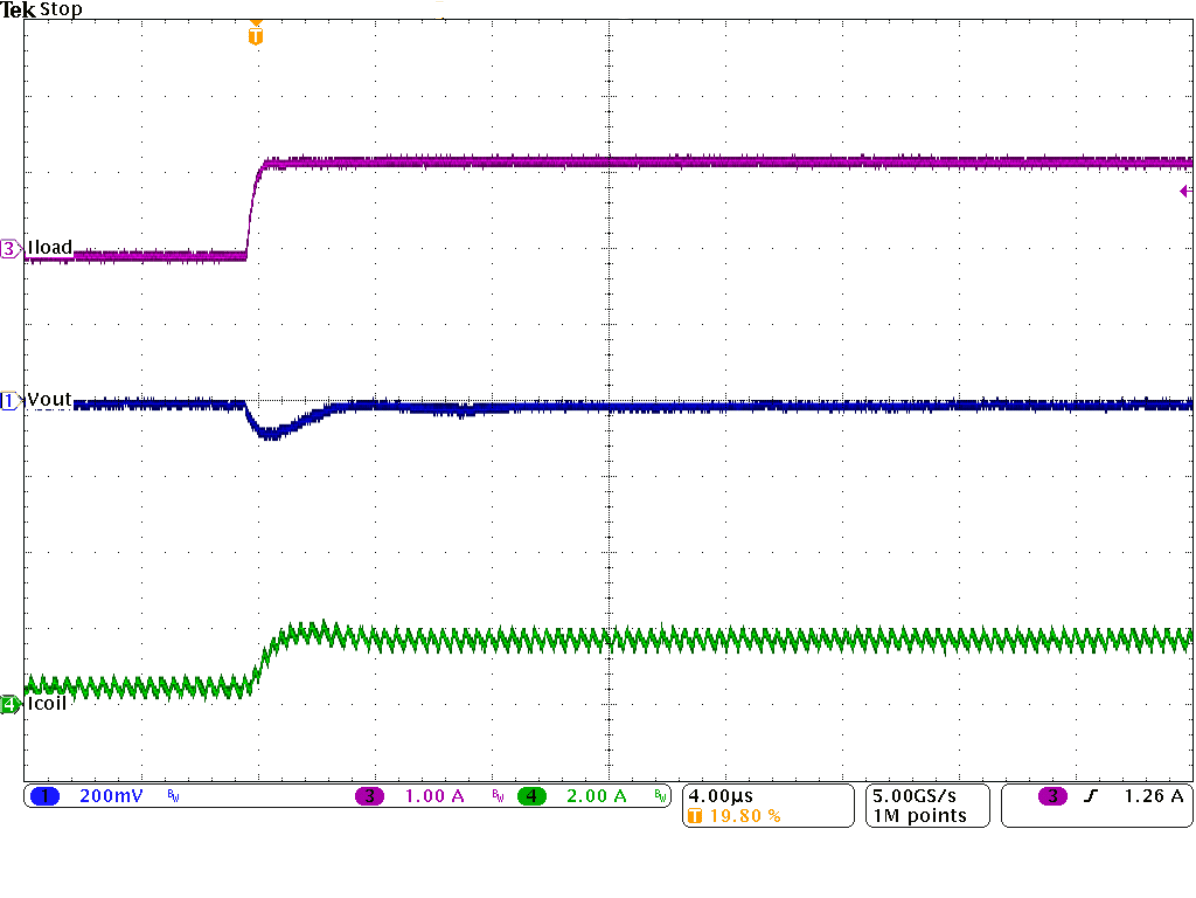 Figure 9-32 Line Transient Response of Figure 9-31, Rising Edge
Figure 9-32 Line Transient Response of Figure 9-31, Rising Edge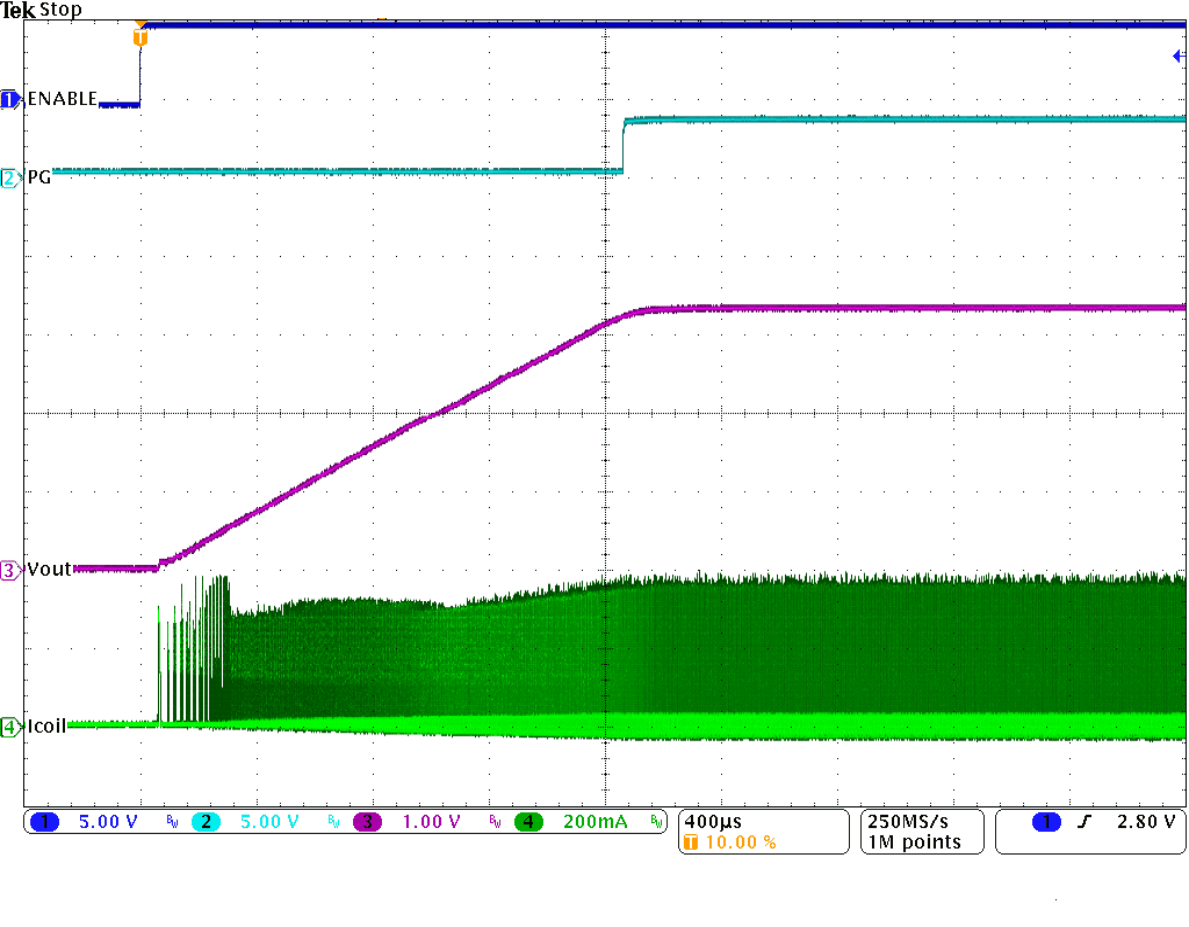
| VIN = 12 V | VOUT = 3.3 V |
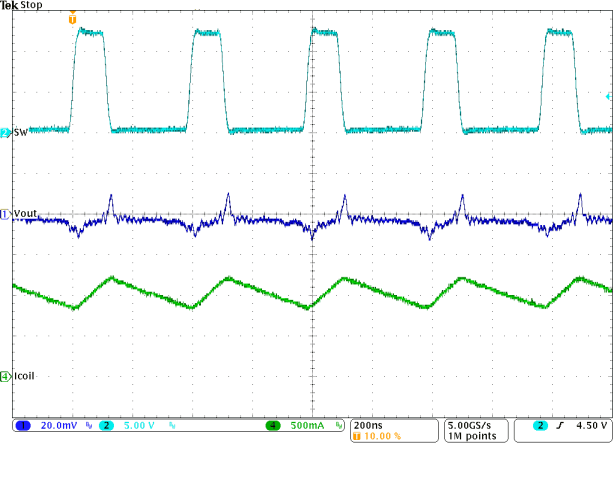
| IOUT = 1 A |
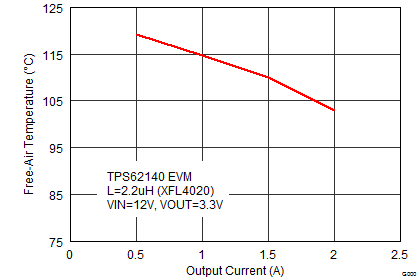
| fSW = 2.5 MHz |
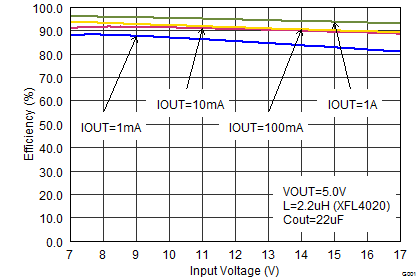
| VOUT = 5 V |
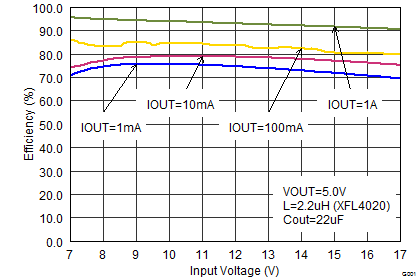
| VOUT = 5 V |
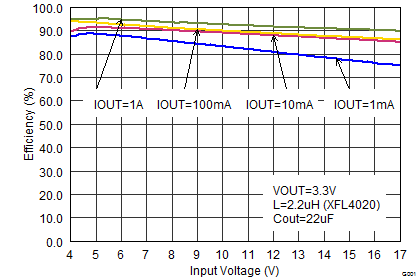
| VOUT = 3.3 V |
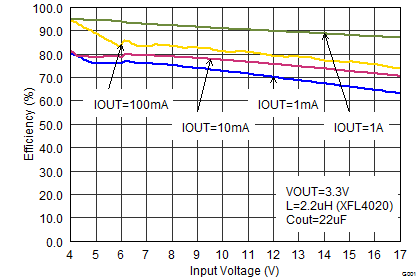
| VOUT = 3.3 V |
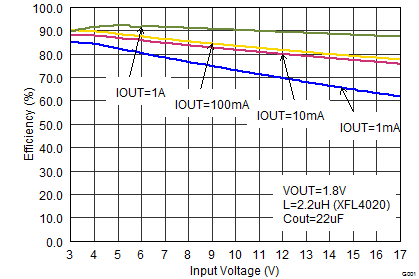
| VOUT = 1.8 V |
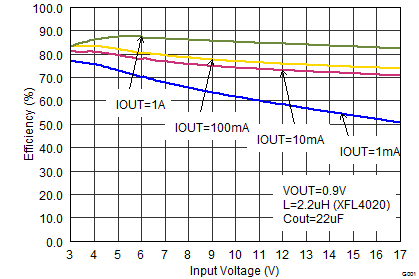
| VOUT = 0.9 V |
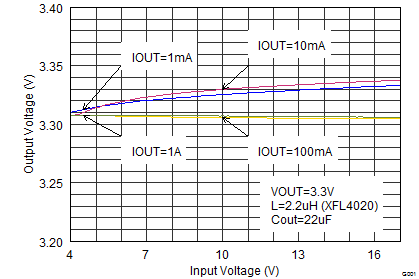 Figure 9-17 Output Voltage Accuracy (Line Regulation)
Figure 9-17 Output Voltage Accuracy (Line Regulation)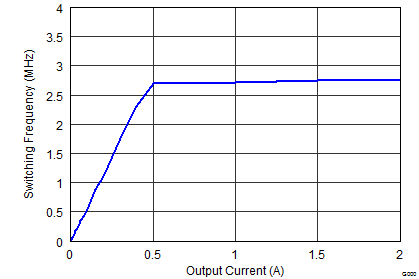
| FSW = Low | VOUT = 5 V |
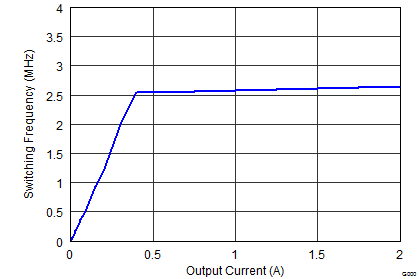
| FSW = Low | VOUT = 3.3 V |
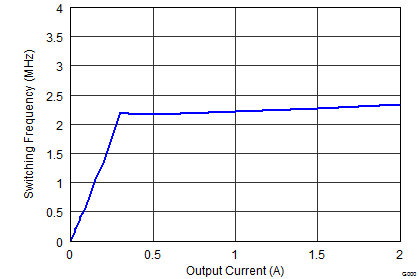
| FSW = Low | VOUT = 1.8 V |
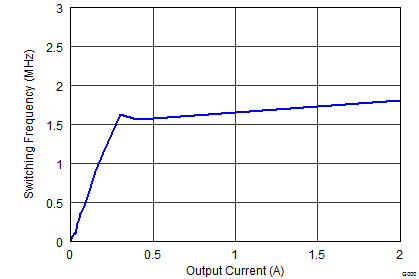
| FSW = Low | VOUT = 1 V |
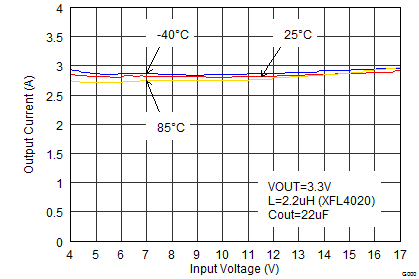 Figure 9-27 Maximum Output Current
Figure 9-27 Maximum Output Current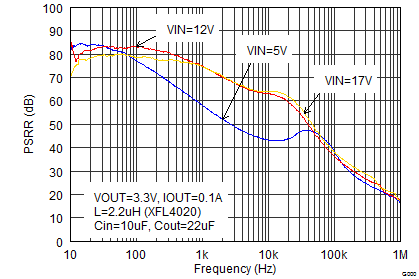
| IOUT = 0.1A | fSW = 2.5 MHz | |
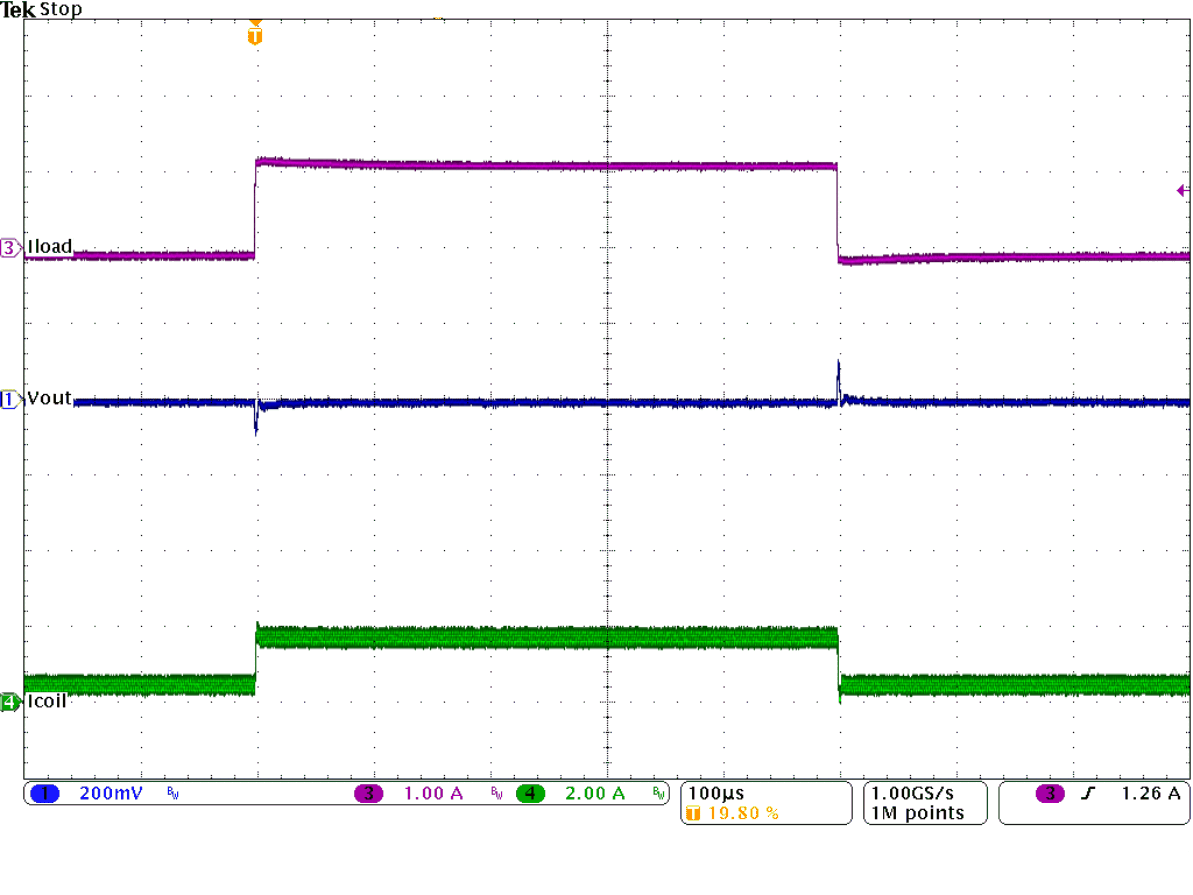
| IOUT= 0.5 to 2 to 0.5 A | VIN = 12 V | VOUT = 3.3 V |
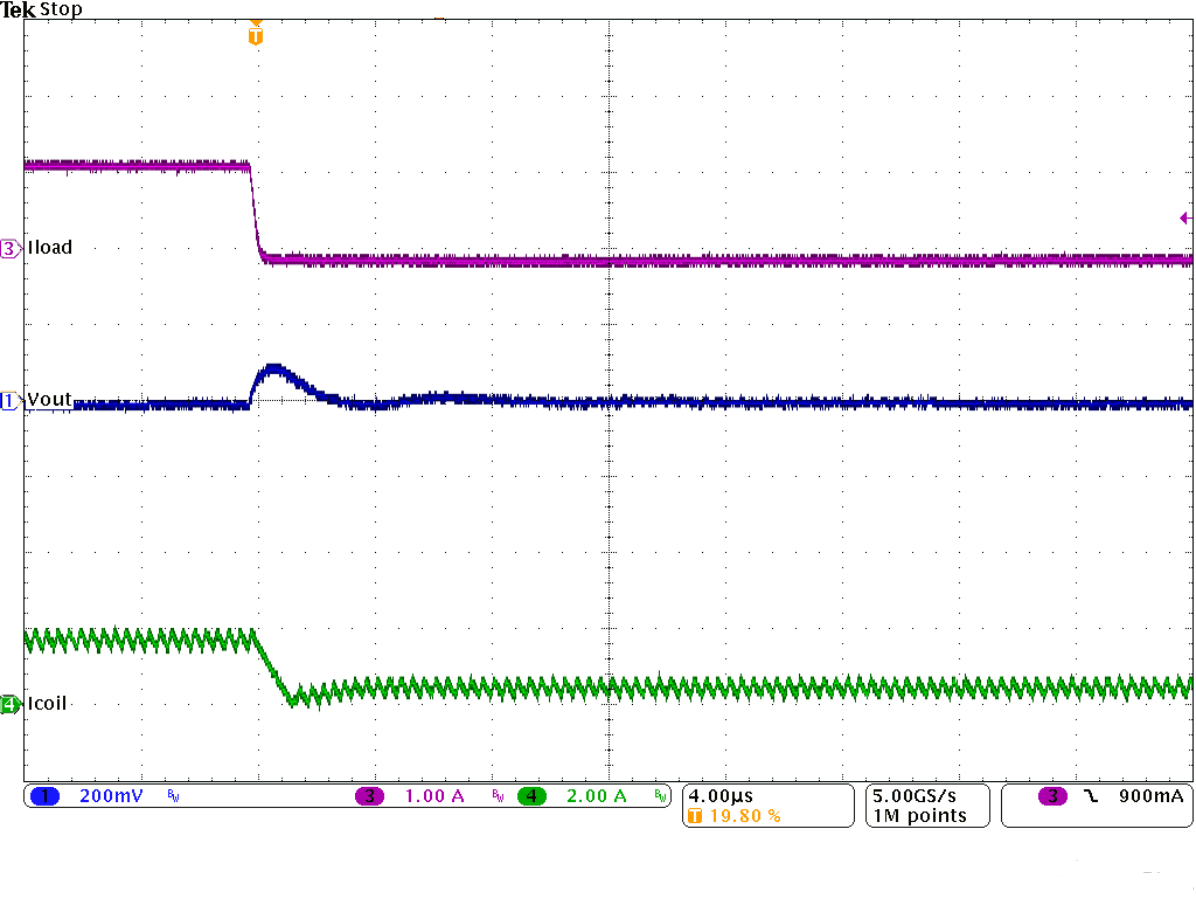 Figure 9-33 Line Transient Response of Figure 9-31, Falling Edge
Figure 9-33 Line Transient Response of Figure 9-31, Falling Edge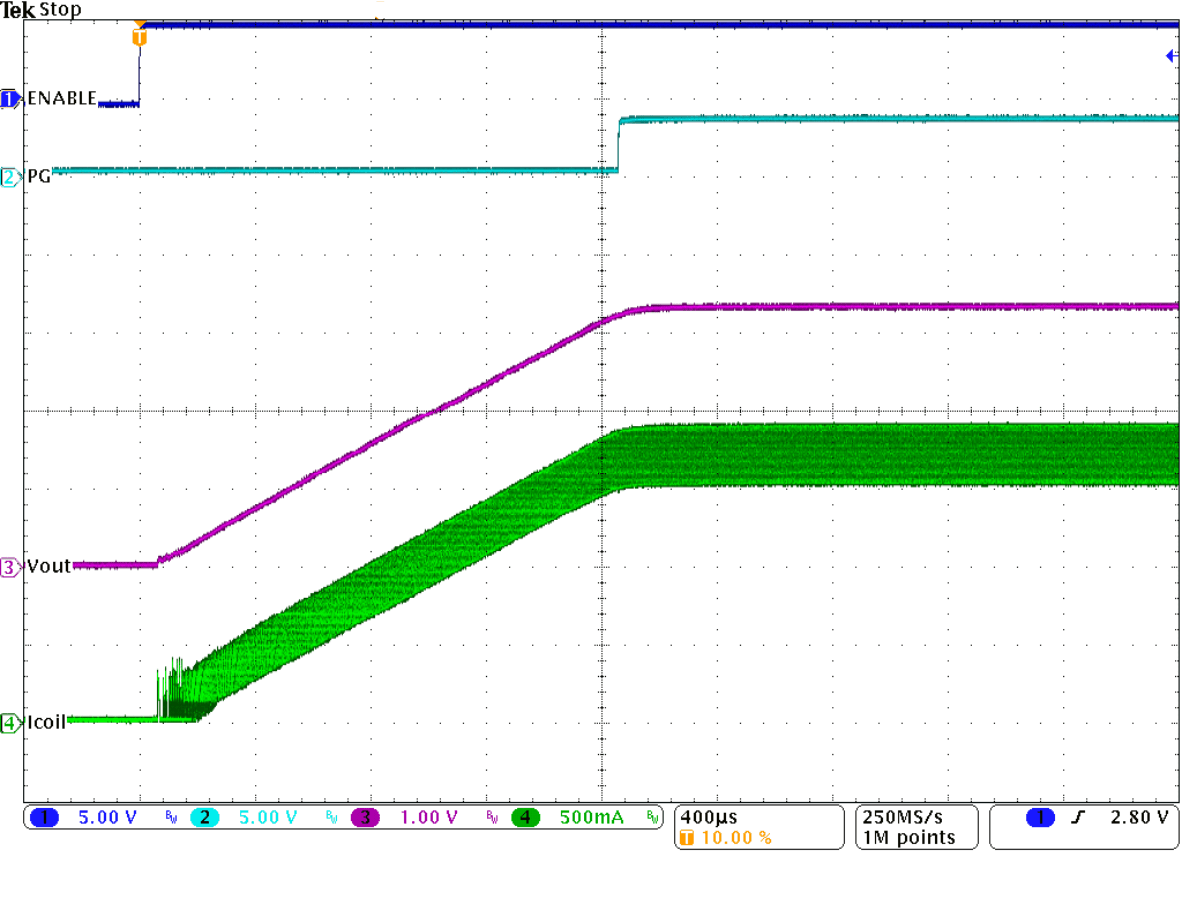
| VIN = 12 V | VOUT = 3.3 V |
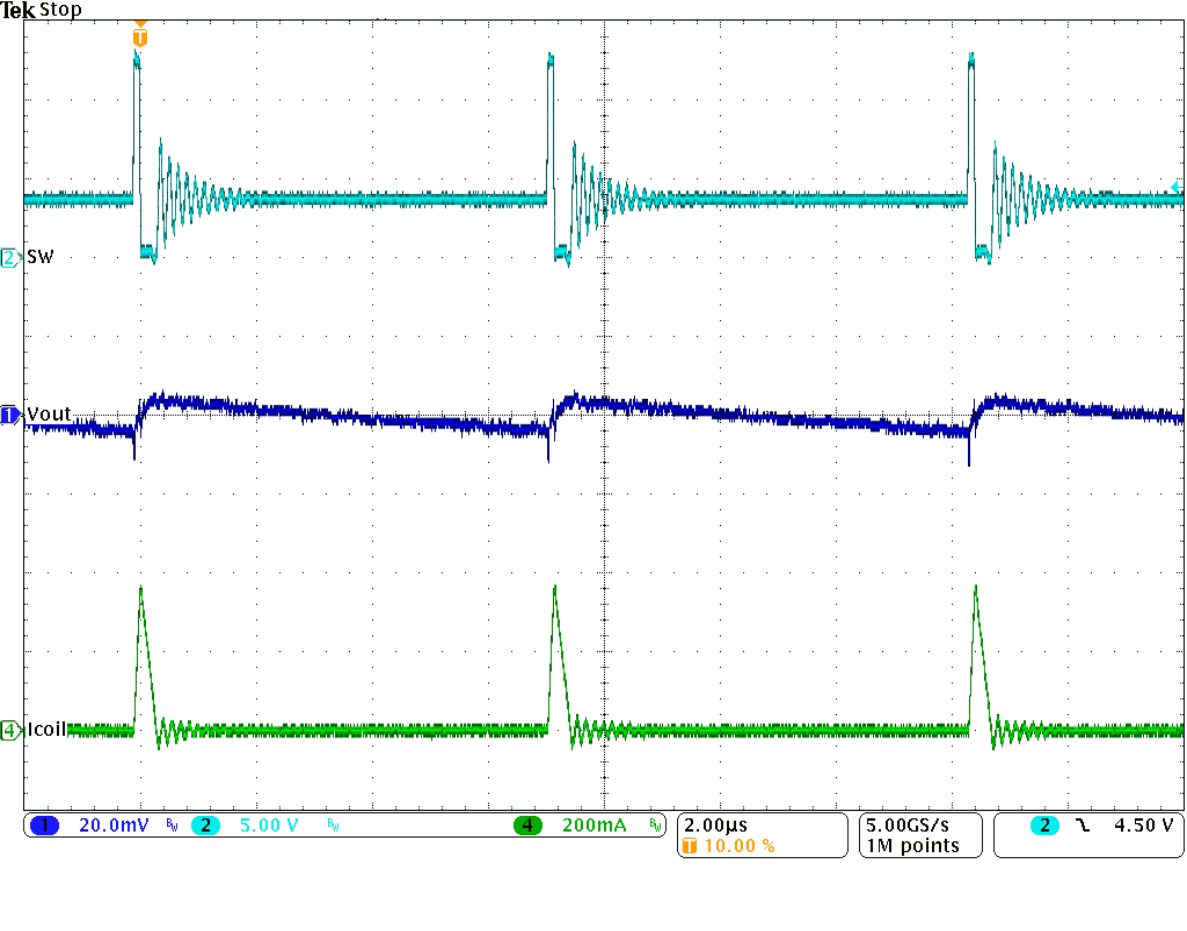
| IOUT = 10 A |
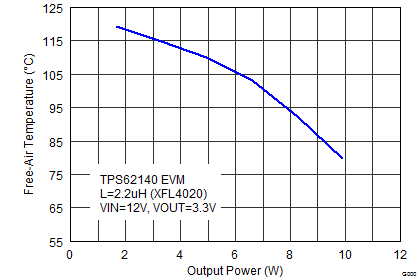
| fSW = 2.5 MHz |